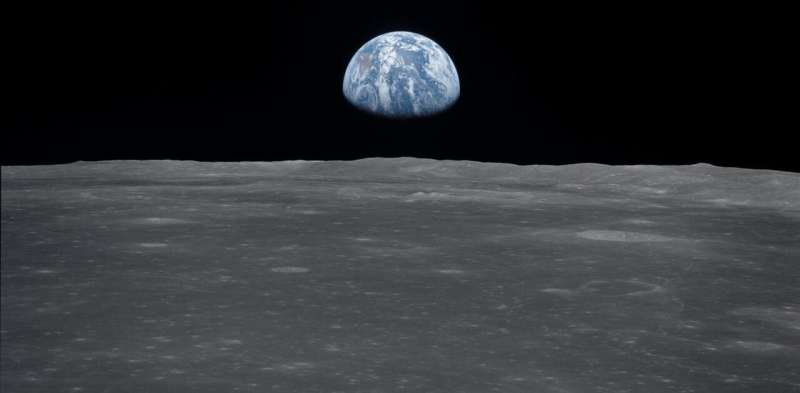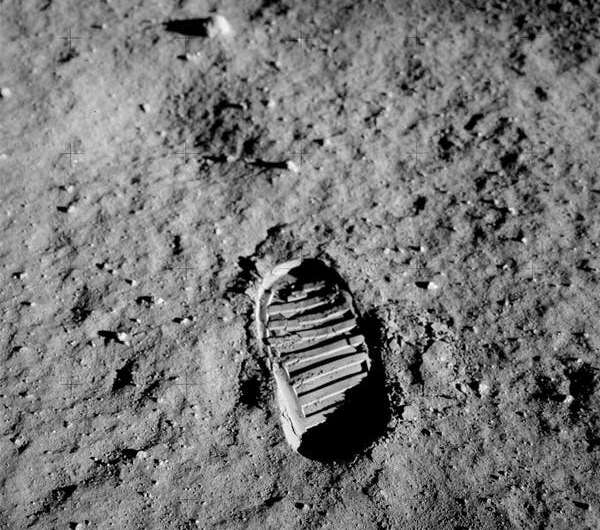Water on the Moon: Research unveils its type and abundance – boosting exploration plans

The Moon was for a long time considered to be bone dry, with analyses of returned lunar samples from the Apollo missions showing only trace amounts of water. These traces were in fact believed to be due to contamination on Earth. But over the past two decades, re-analyses of lunar samples, observations by spacecraft missions, and theoretical modeling have proved this initial assessment to be wrong.
"Water" has since been detected inside the minerals in lunar rocks. Water ice has also been discovered to be mixed in with lunar dust grains in cold, permanently shadowed regions near the lunar poles.
But scientists haven't been sure how much of this water is present as "molecular water"—made up of two parts hydrogen and one part oxygen (H2O). Now two new studies published in Nature Astronomy provide an answer, while also giving an idea of how and where to extract it.
Water and more water
The term water isn't just used for molecular water, but also also for detections of hydrogen (H) and hydroxyl (OH). Although H and OH could be combined by astronauts to form molecular water at the lunar surface, it is important to know in what form these compounds are present initially. That's because this will have an impact on their stability and location under lunar surface conditions, and the effort required to extract them. Molecular water, if present as water ice, would be easier to extract than hydroxyl locked in rocks.
The presence of water on the Moon is scientifically interesting; its distribution and form can help address some profound questions. For example, how did water and other volatile substances arrive at the inner Solar System in the first place? Was it produced there or brought there by asteroids or meteorites? Knowing more about the specific compound could help us find out.
Understanding how much water is present, and its location, is also incredibly useful for planning human missions to the Moon and beyond. Water represents a key resource that can be used for life-support purposes—but it can also be split apart into its constituent elements and put to other uses. Oxygen could replenish air supplies, or be used in simple chemical reactions at the lunar surface to extract other useful resources from the regolith (soil composed of small grains). Water could also be used as rocket fuel in the form of liquid hydrogen and liquid oxygen.
This means that the Moon has great potential to become a refueling base for space missions further into the Solar System or beyond. Its lower gravity and lack of atmosphere means it would require less fuel to launch from there than from Earth. So when space agencies talk of in-situ resource utilization at the Moon, water is front and center of their plans, making the new papers extremely exciting.

New research
Instruments on board various spacecraft have previously measured "reflectance spectra" (light broken down by wavelength) from the Moon. These detect light coming from a surface to measure how much energy it reflects at a specific wavelength. This will differ based on what the surface consists of. Because it has water, the Moon's surface absorbs light at 3
Journal information: Nature Astronomy
Provided by The Conversation
This article is republished from The Conversation under a Creative Commons license. Read the original article.![]()



















